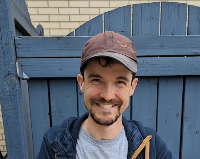Sélectionnez votre langue
Open menu
- Laboratoire
- Recherche
- Publications
- Productions
- Vie scientifique
- Formation
Open menu
- Laboratoire
- Recherche
- Publications
- Logiciels
- Formation
- Annuaire
- Ressources
- Rejoindre ThéMA
- Actualités

